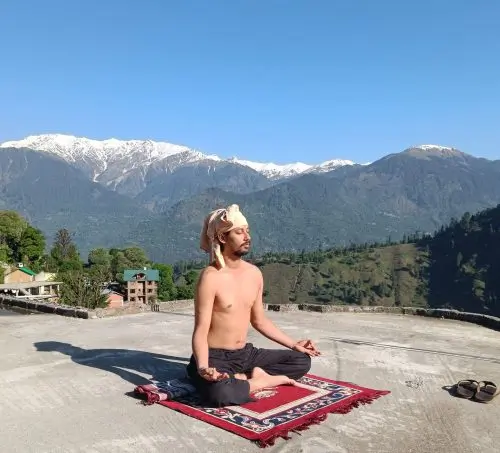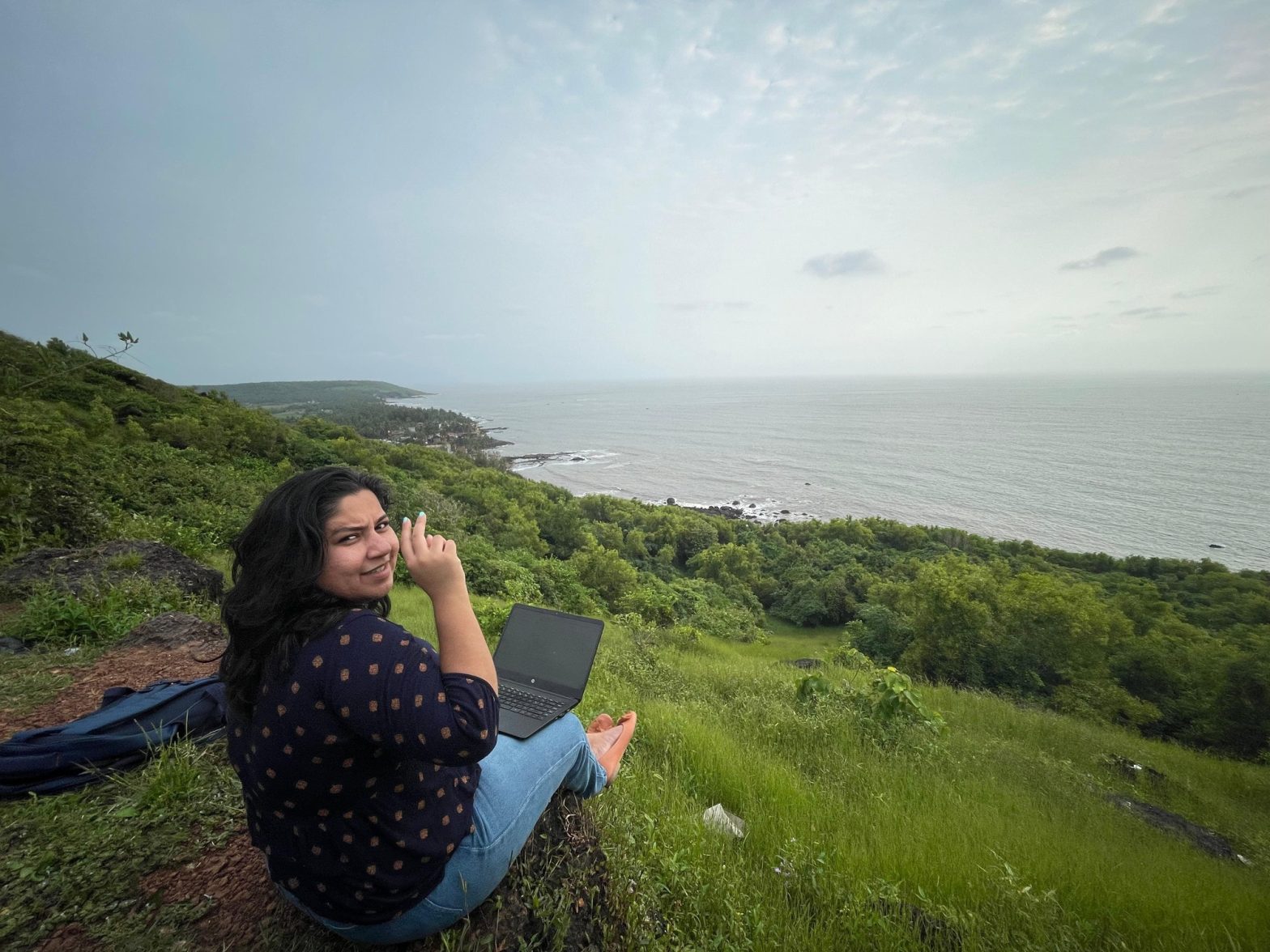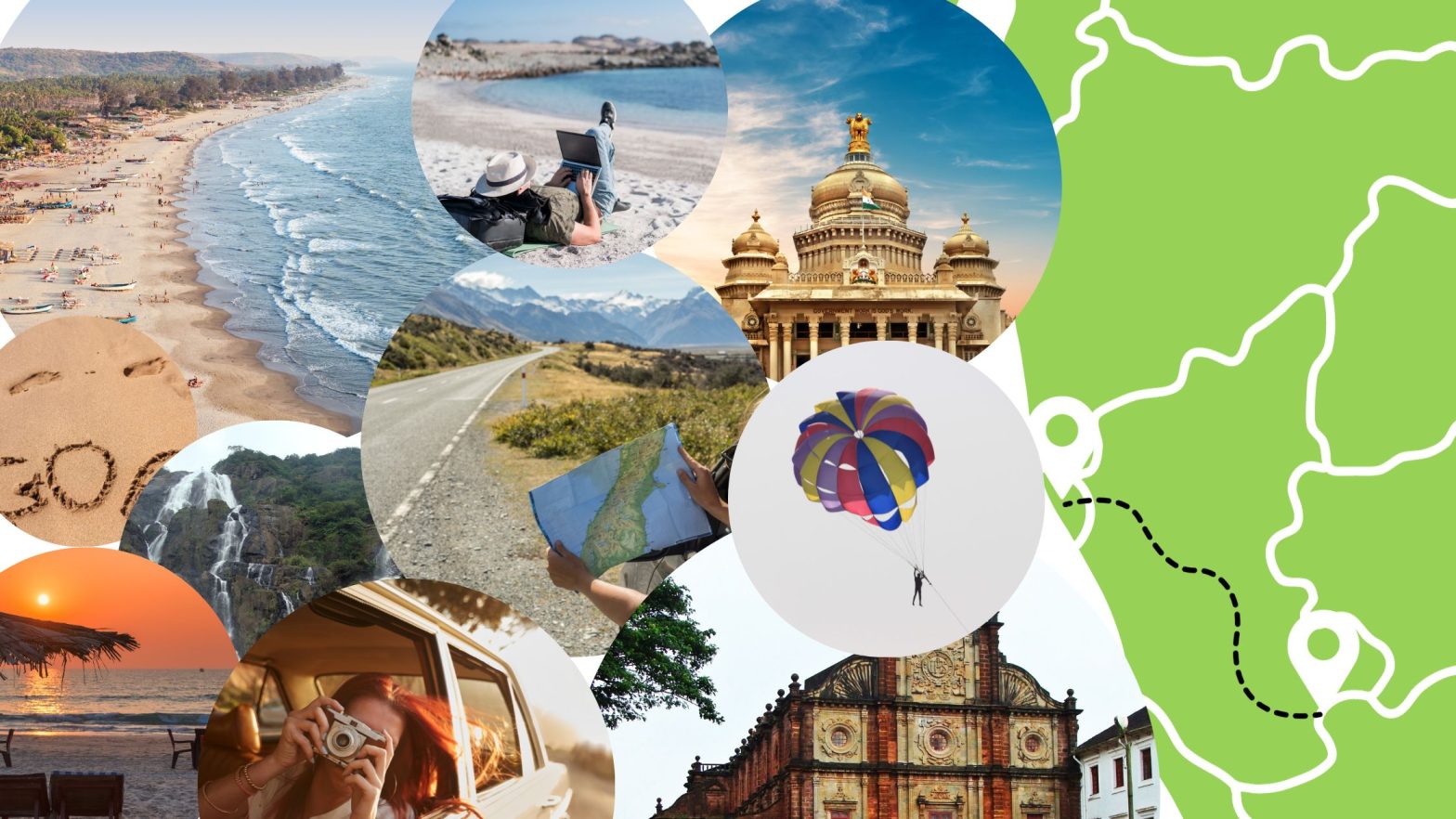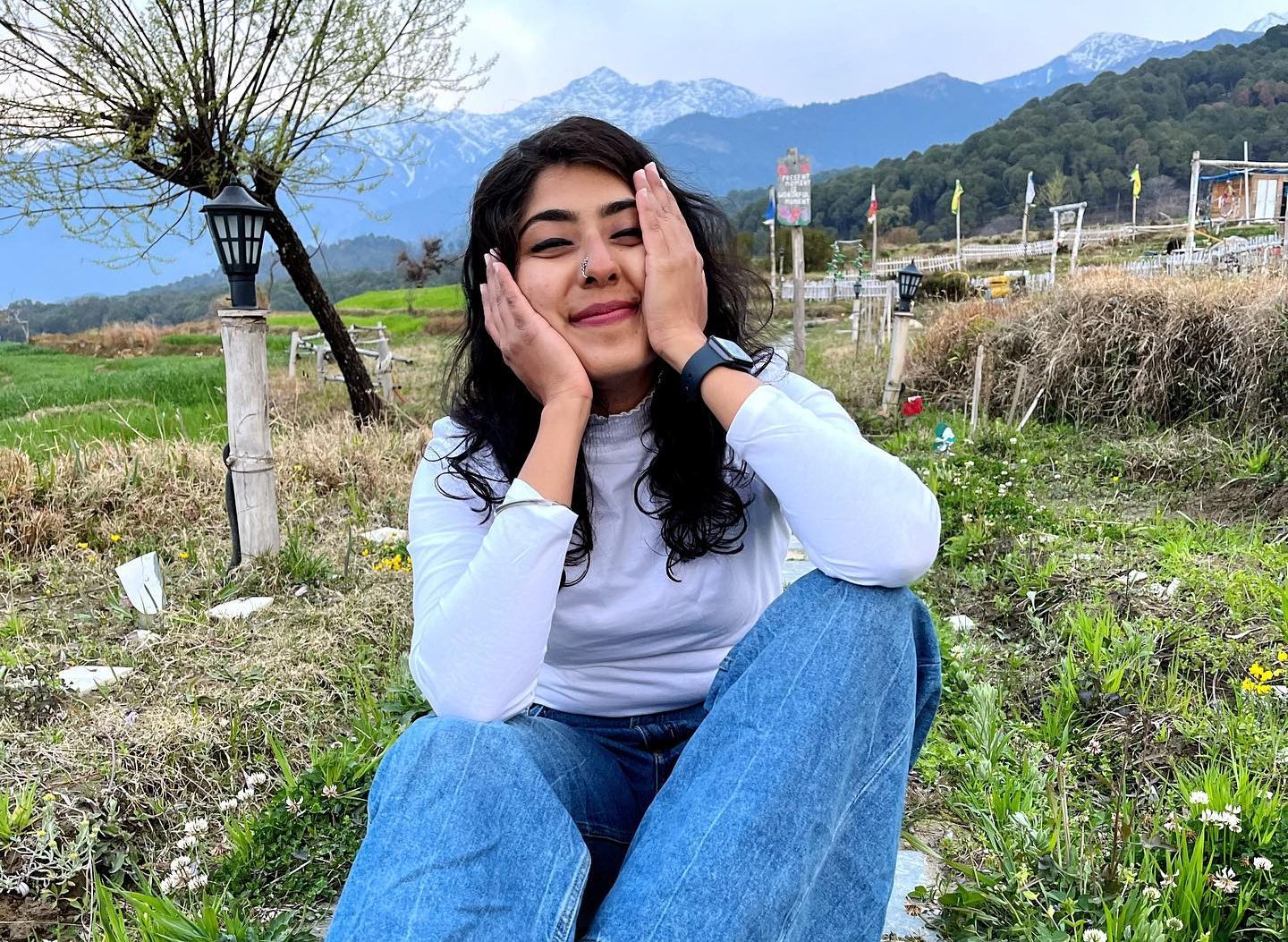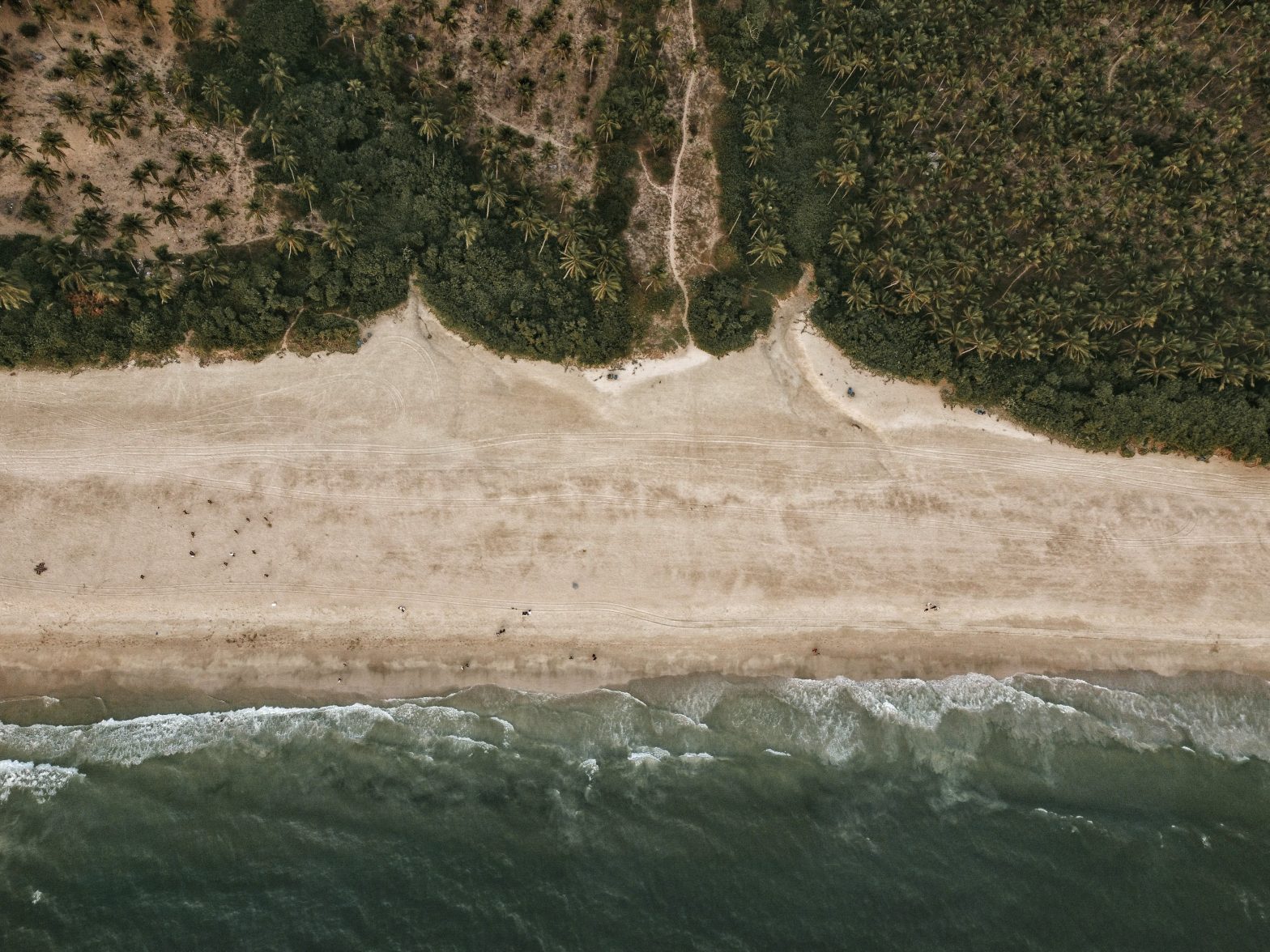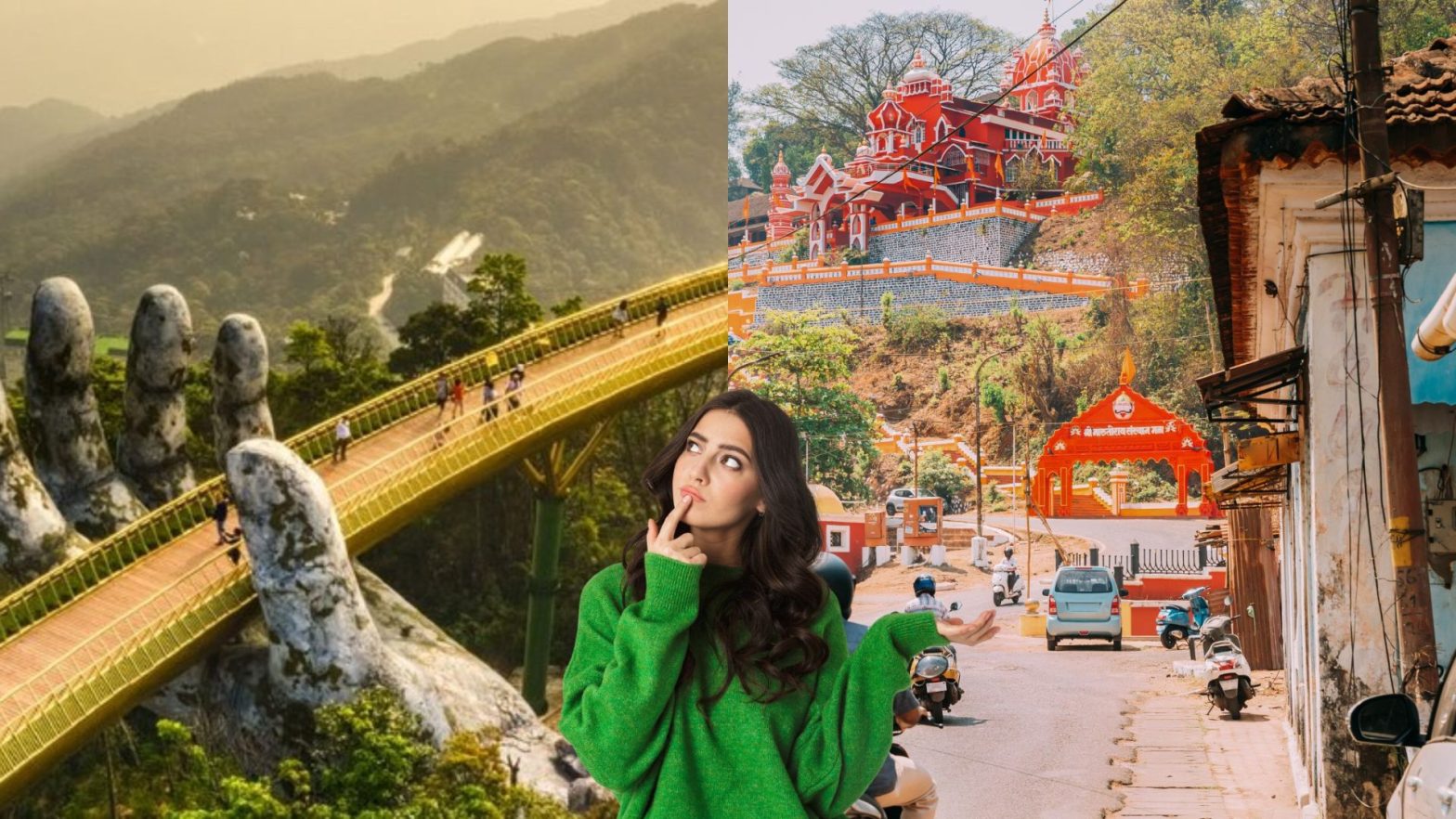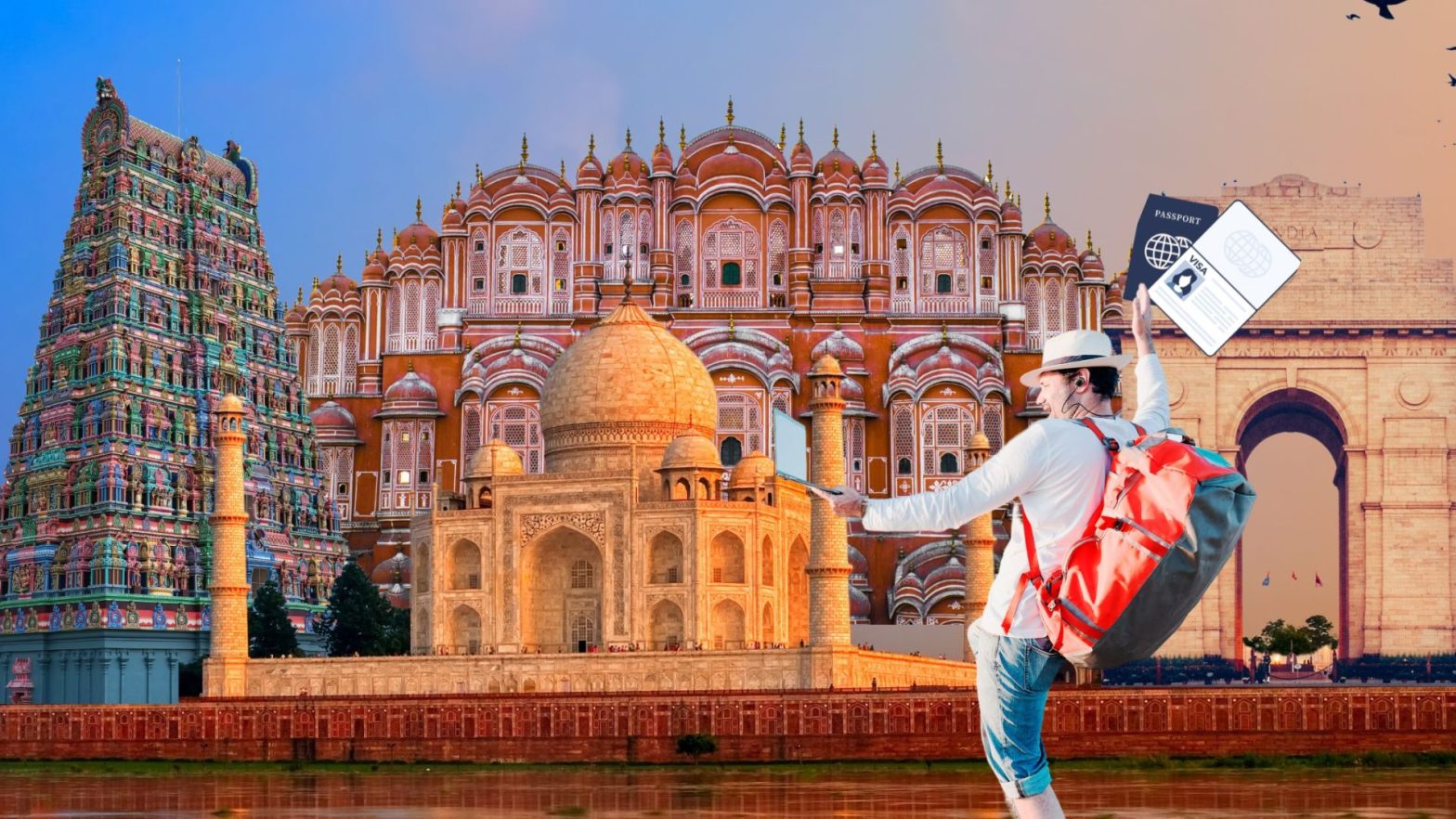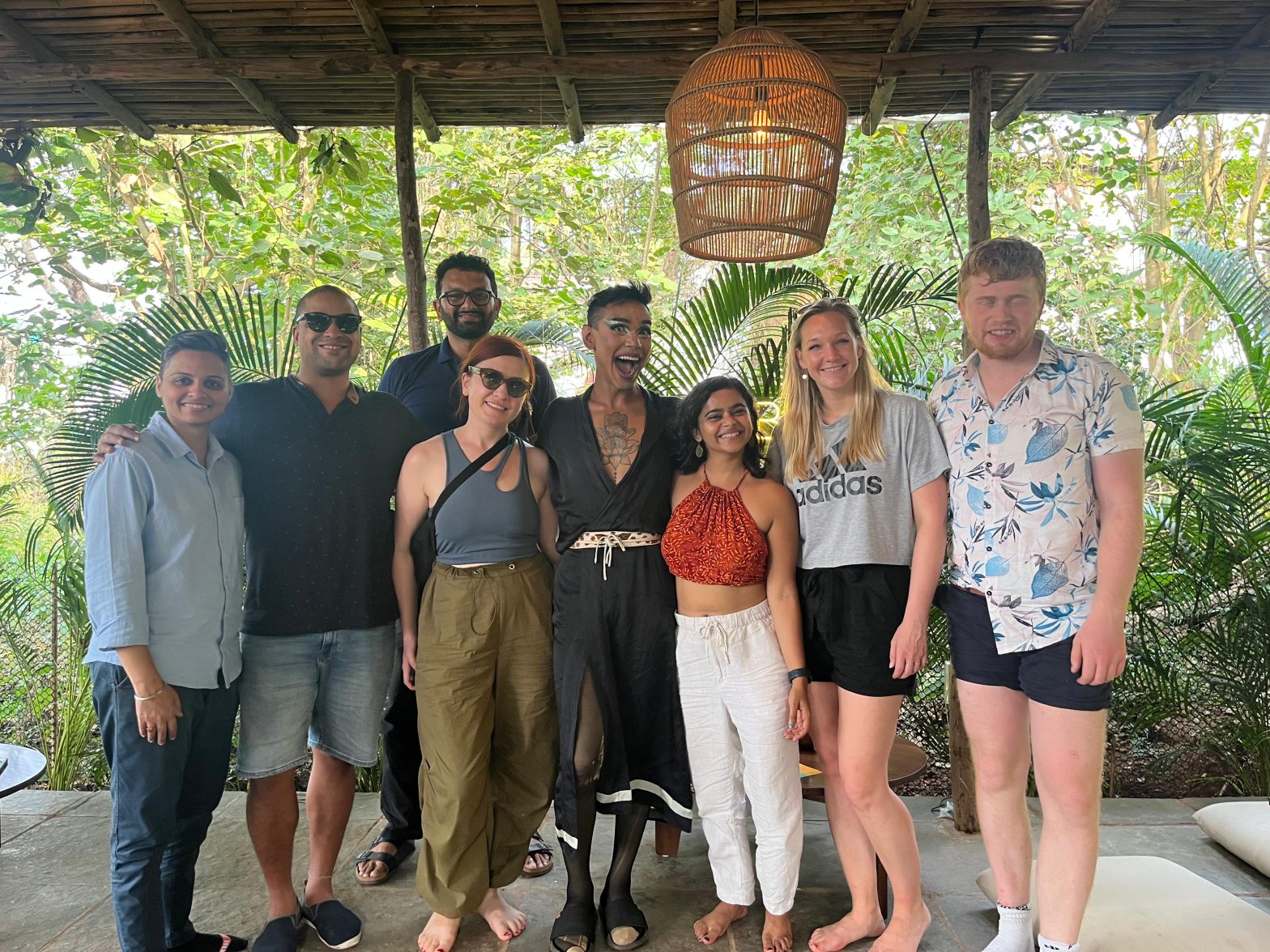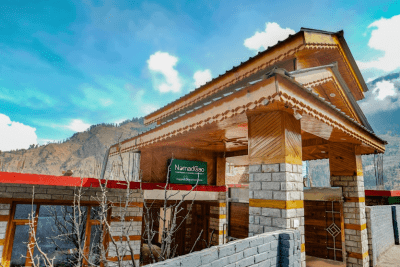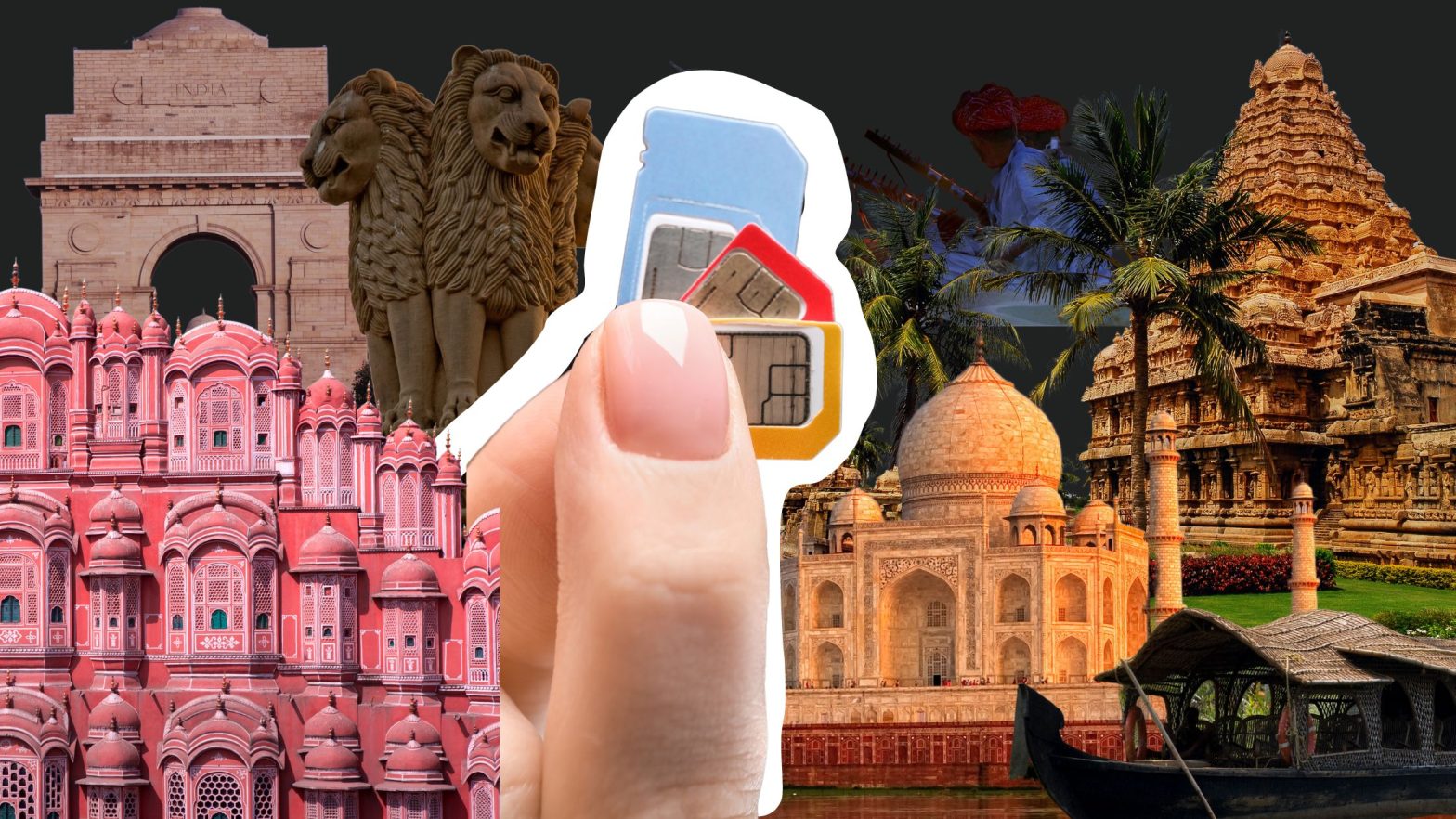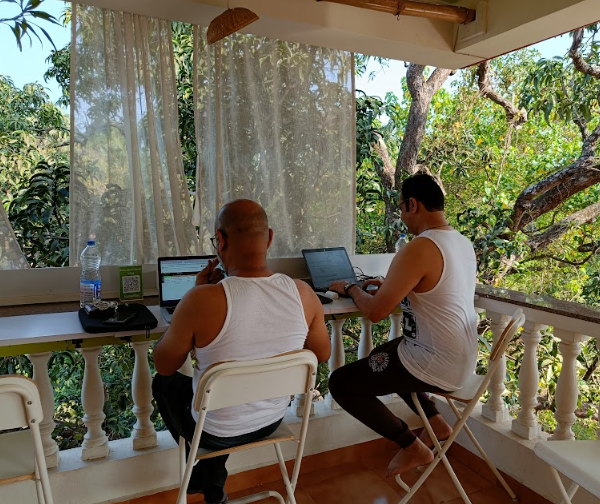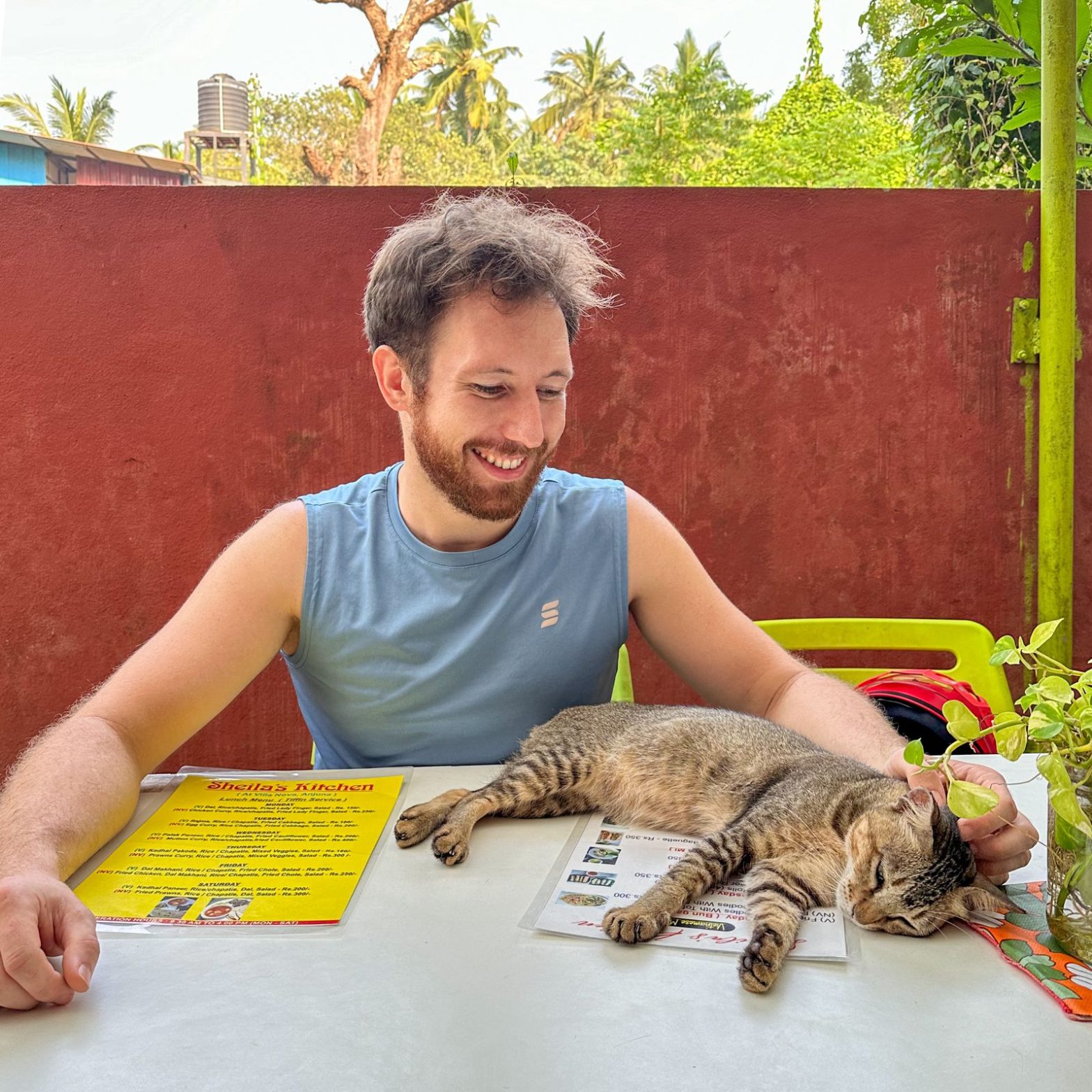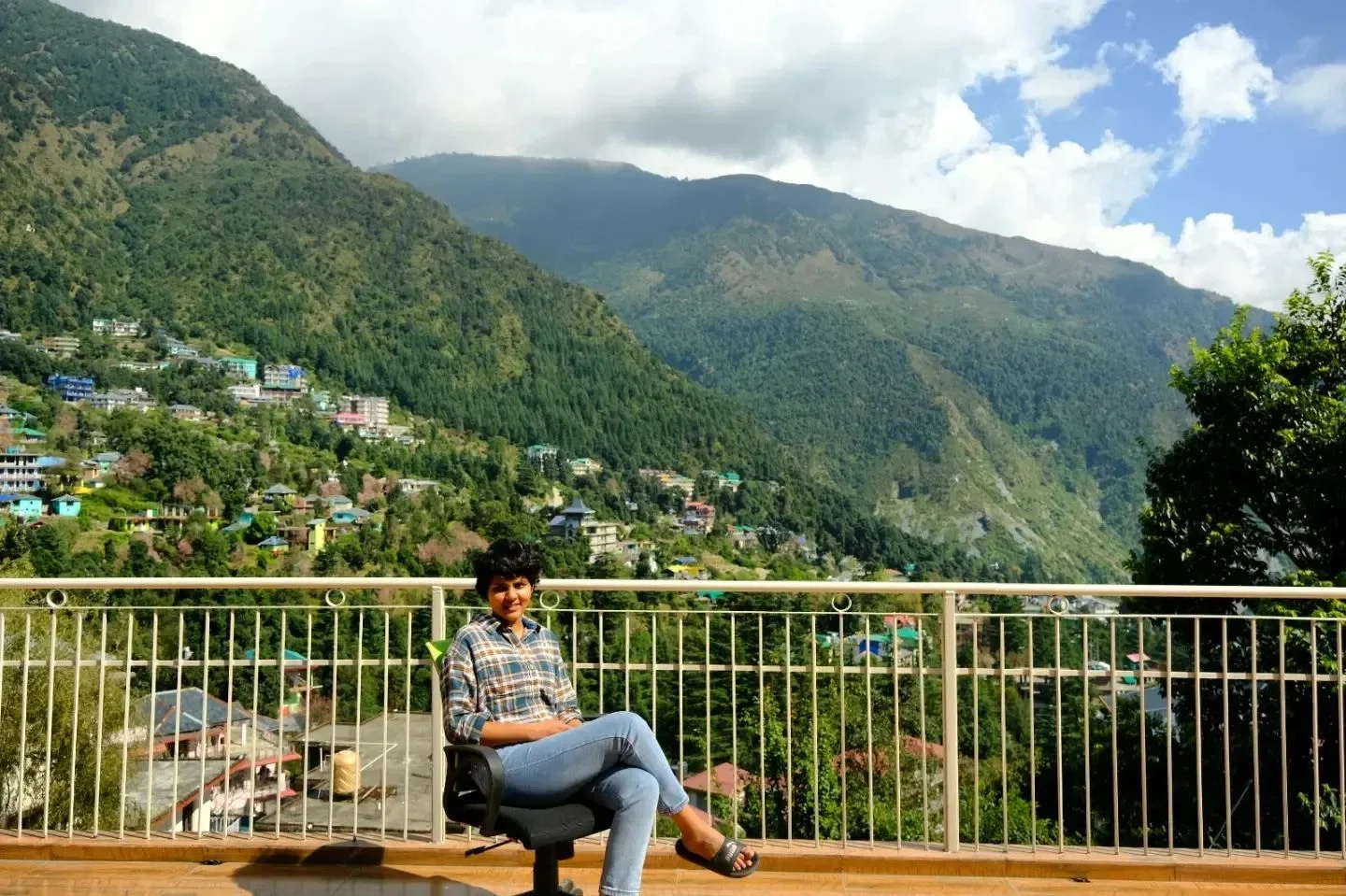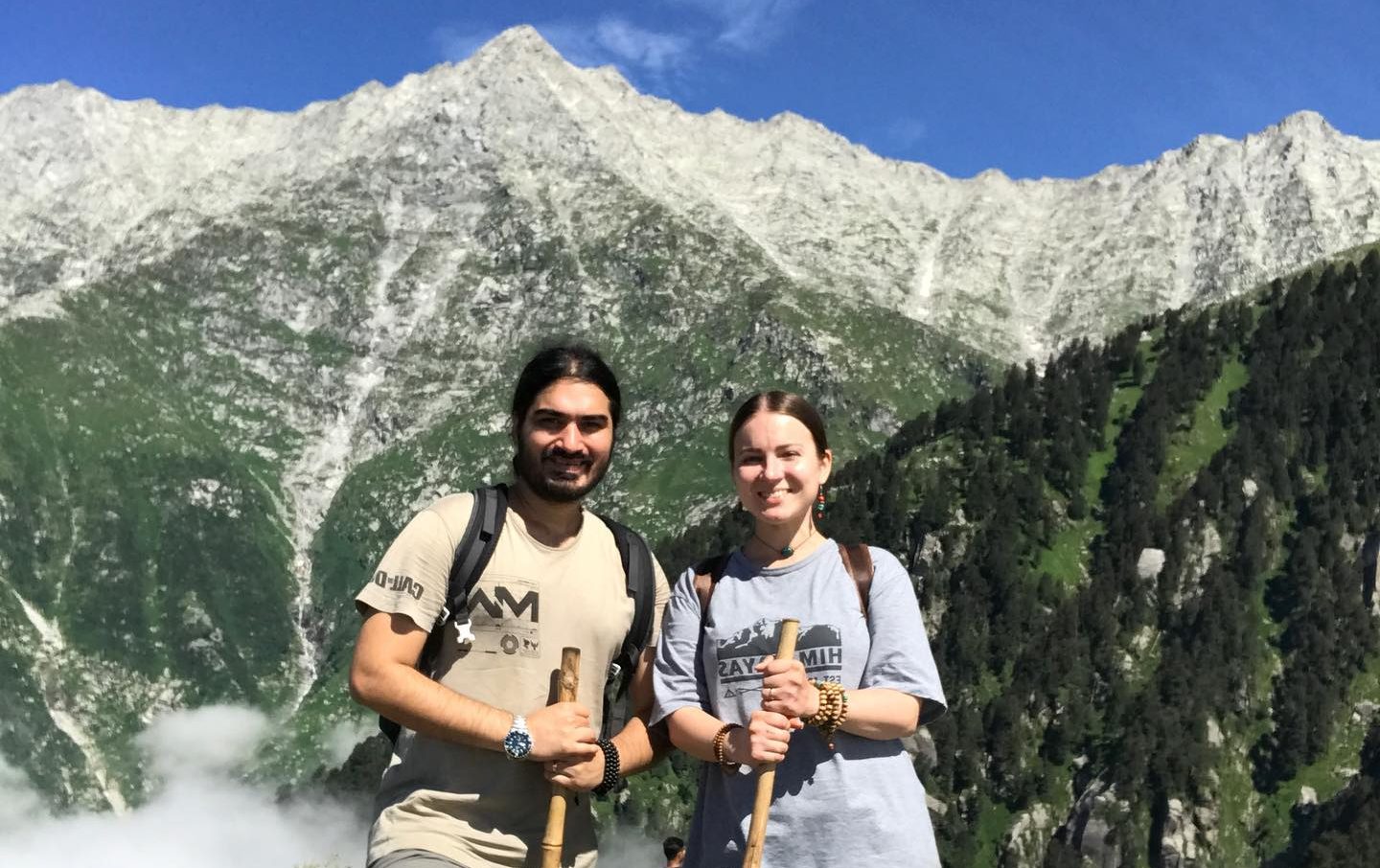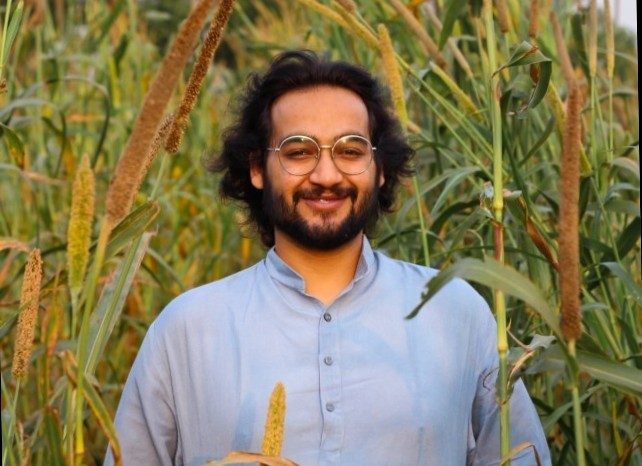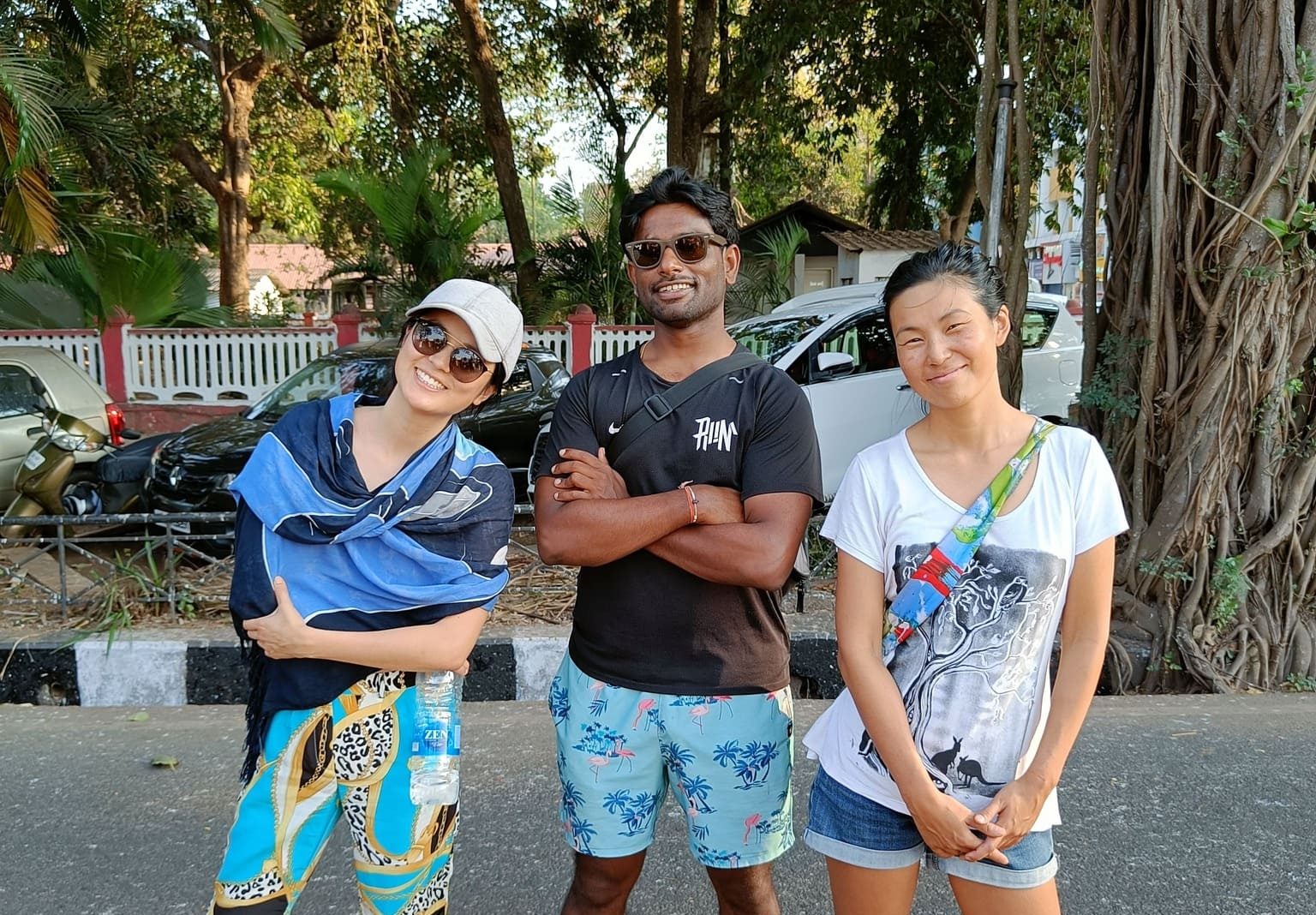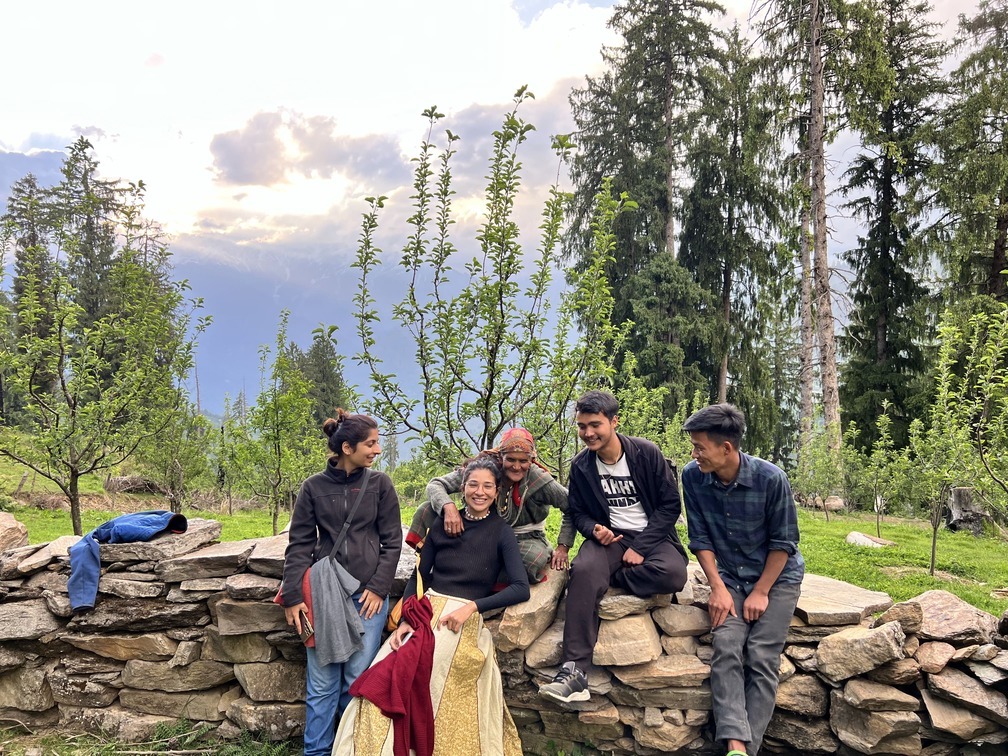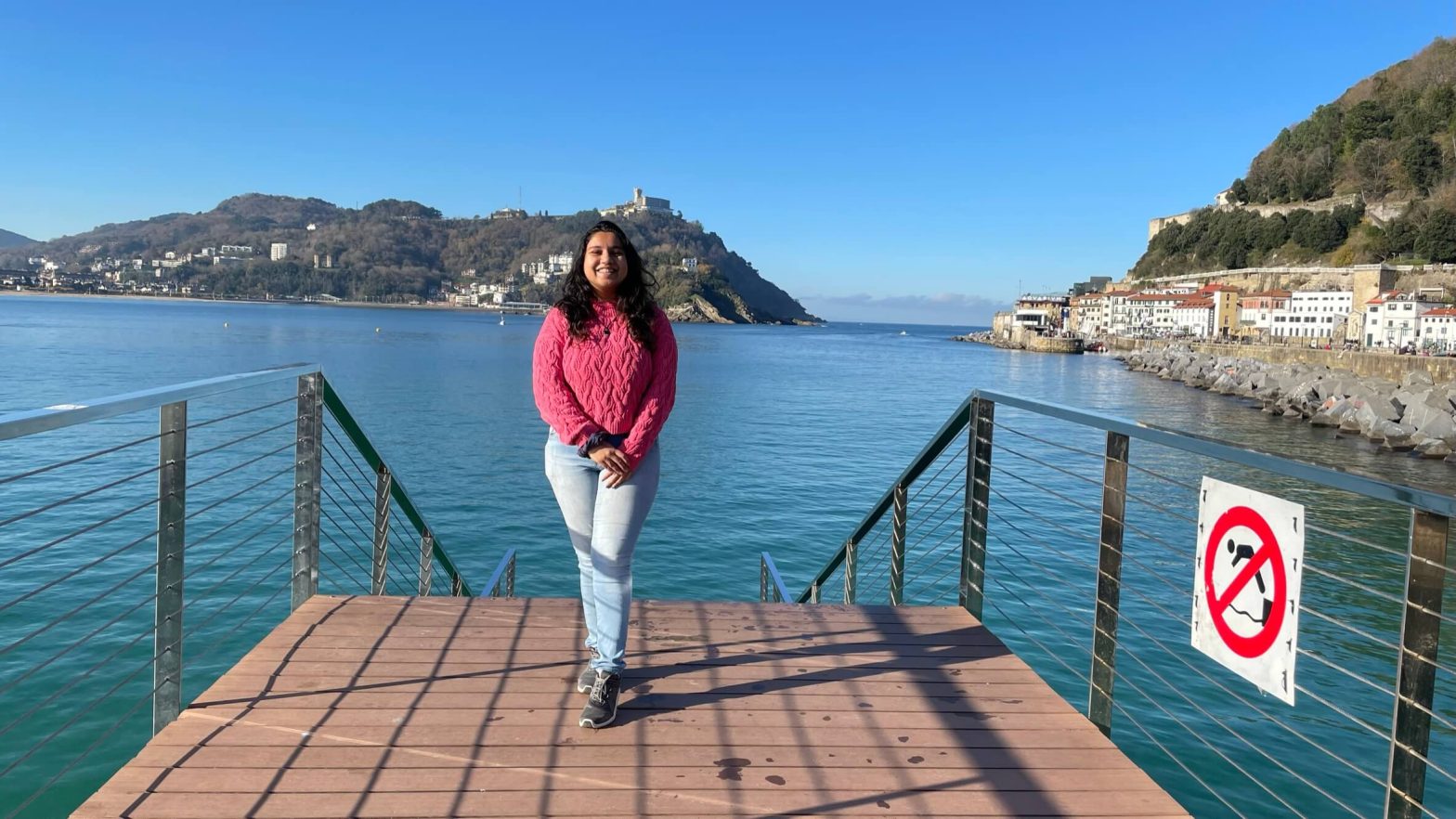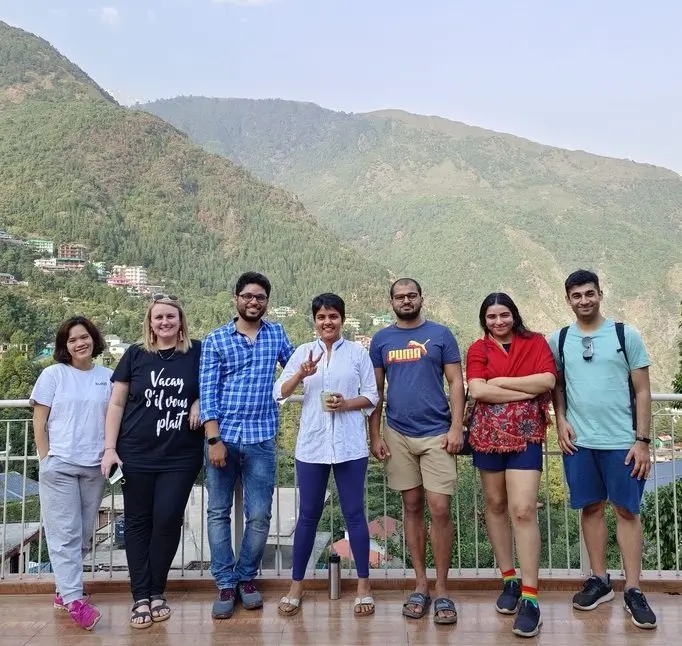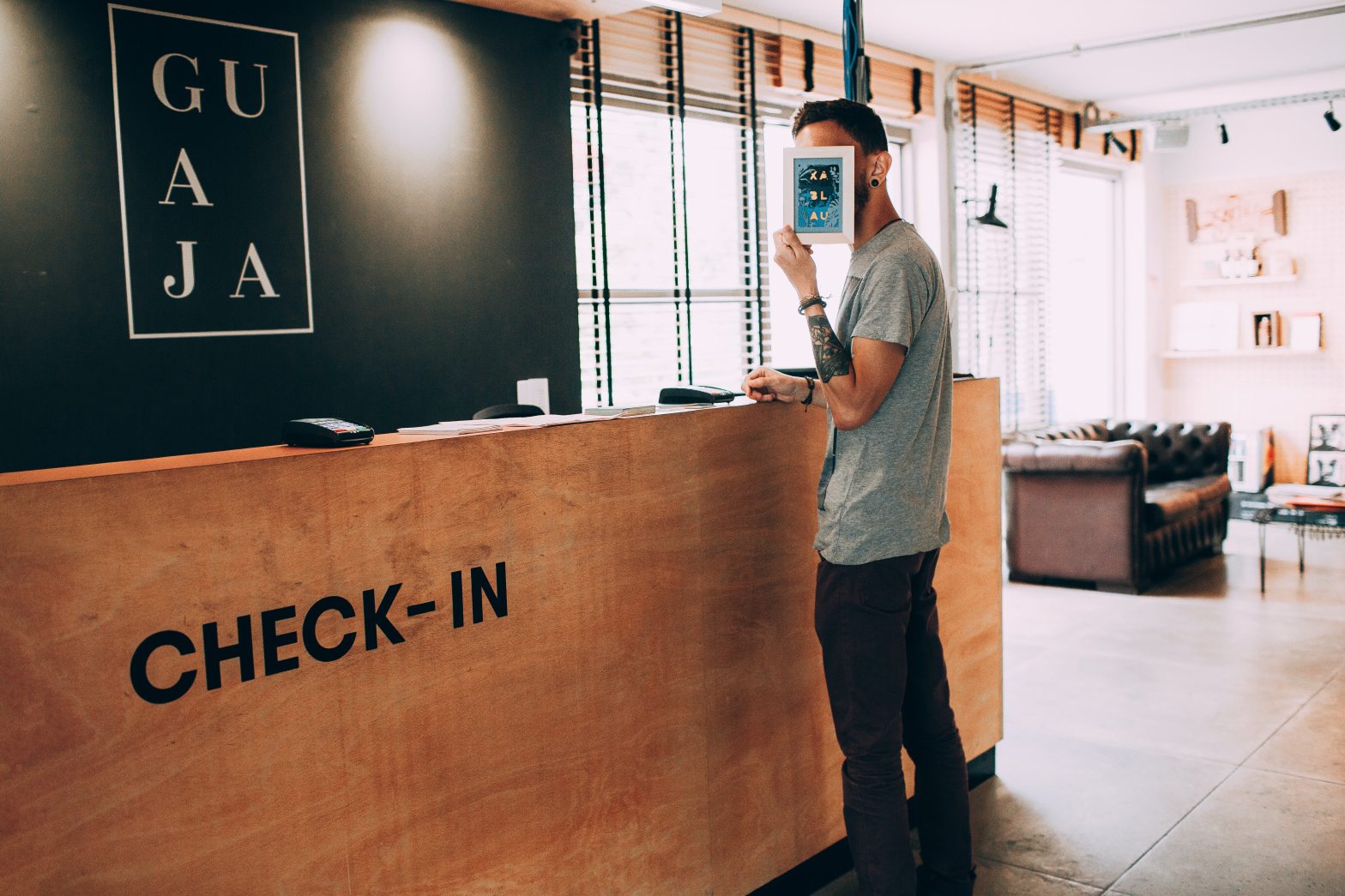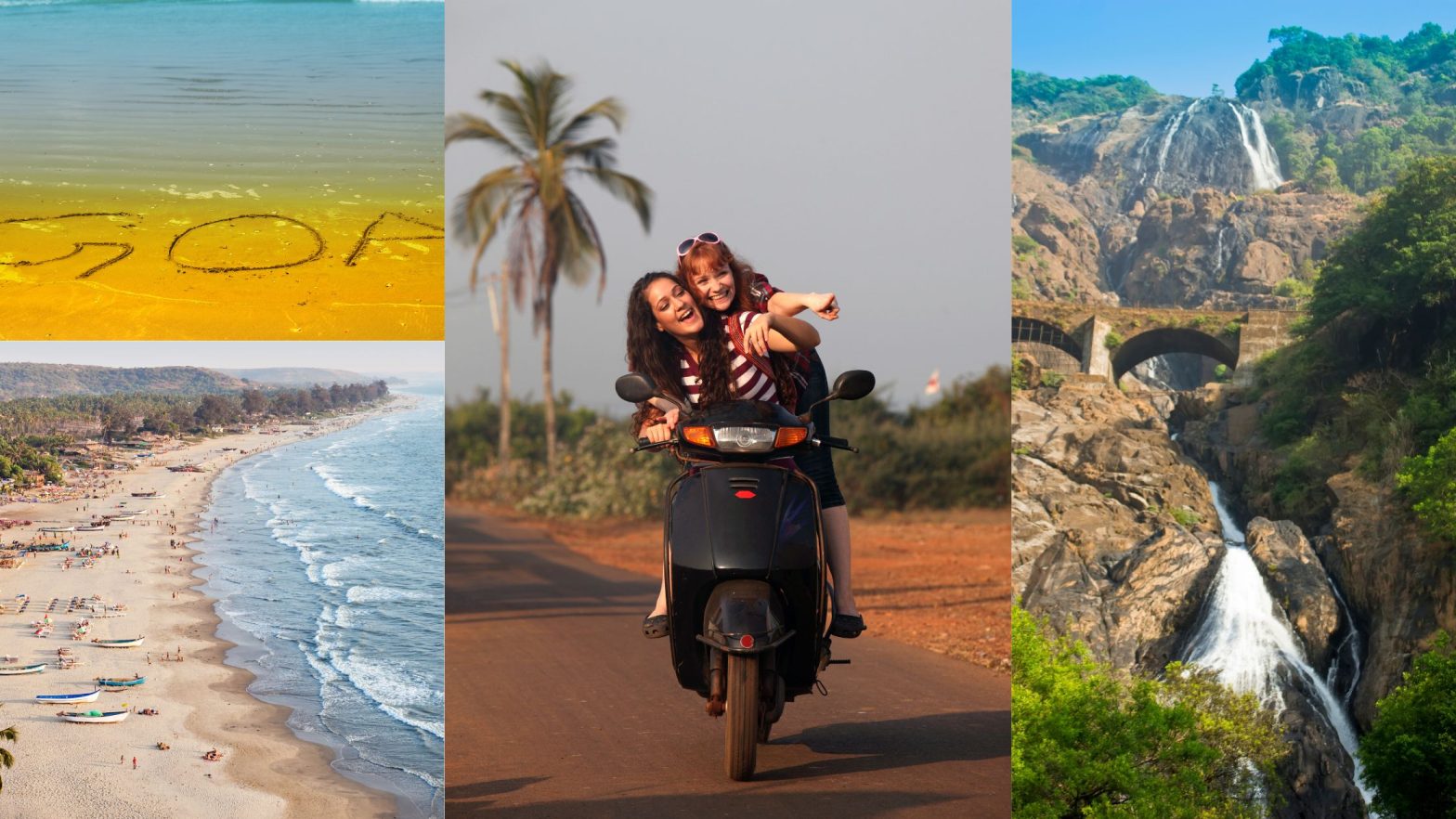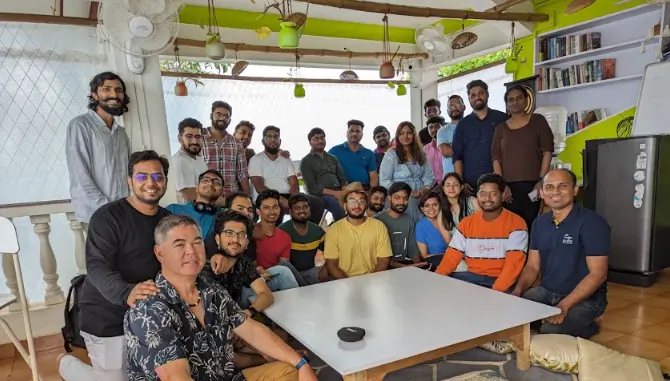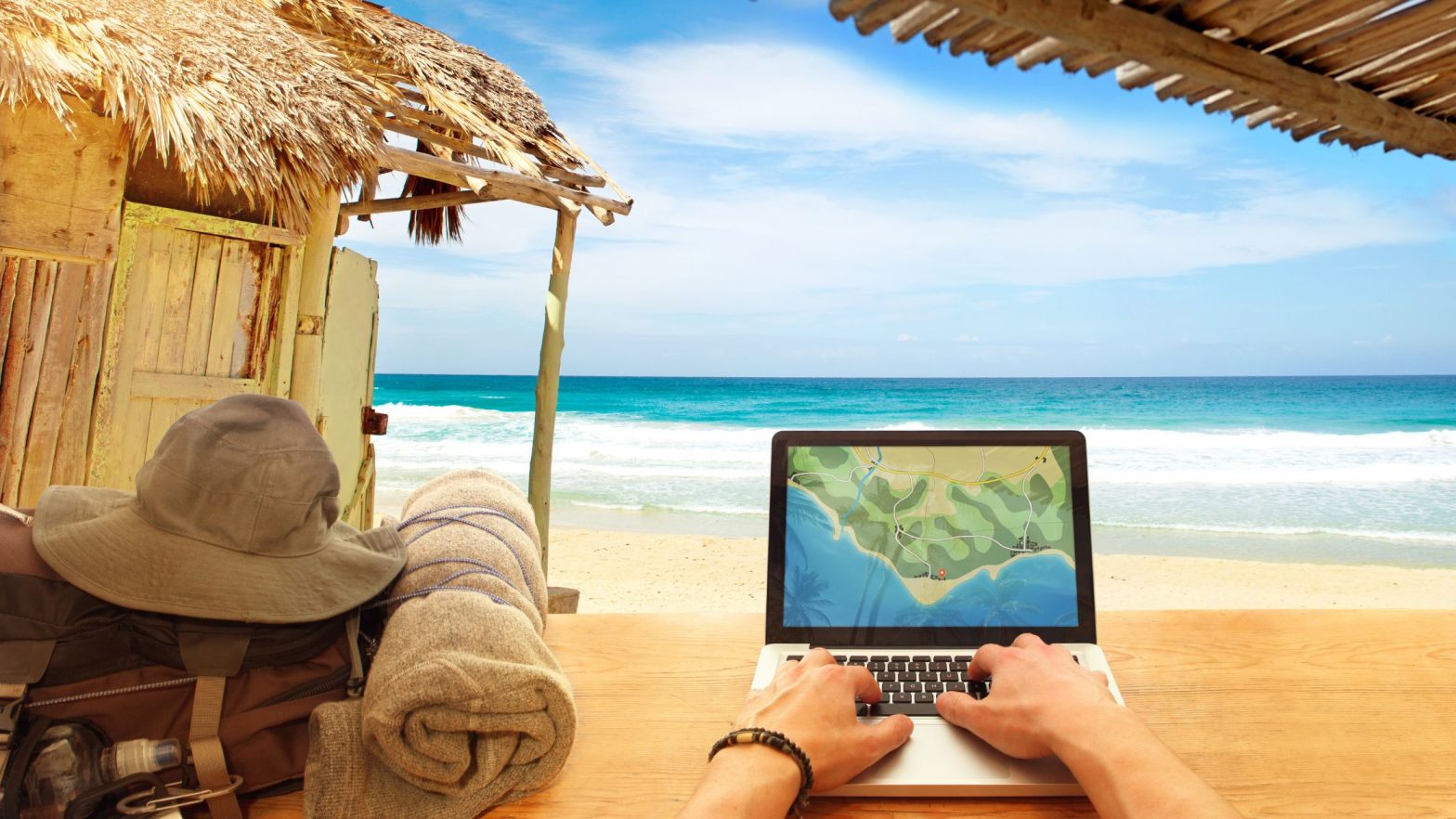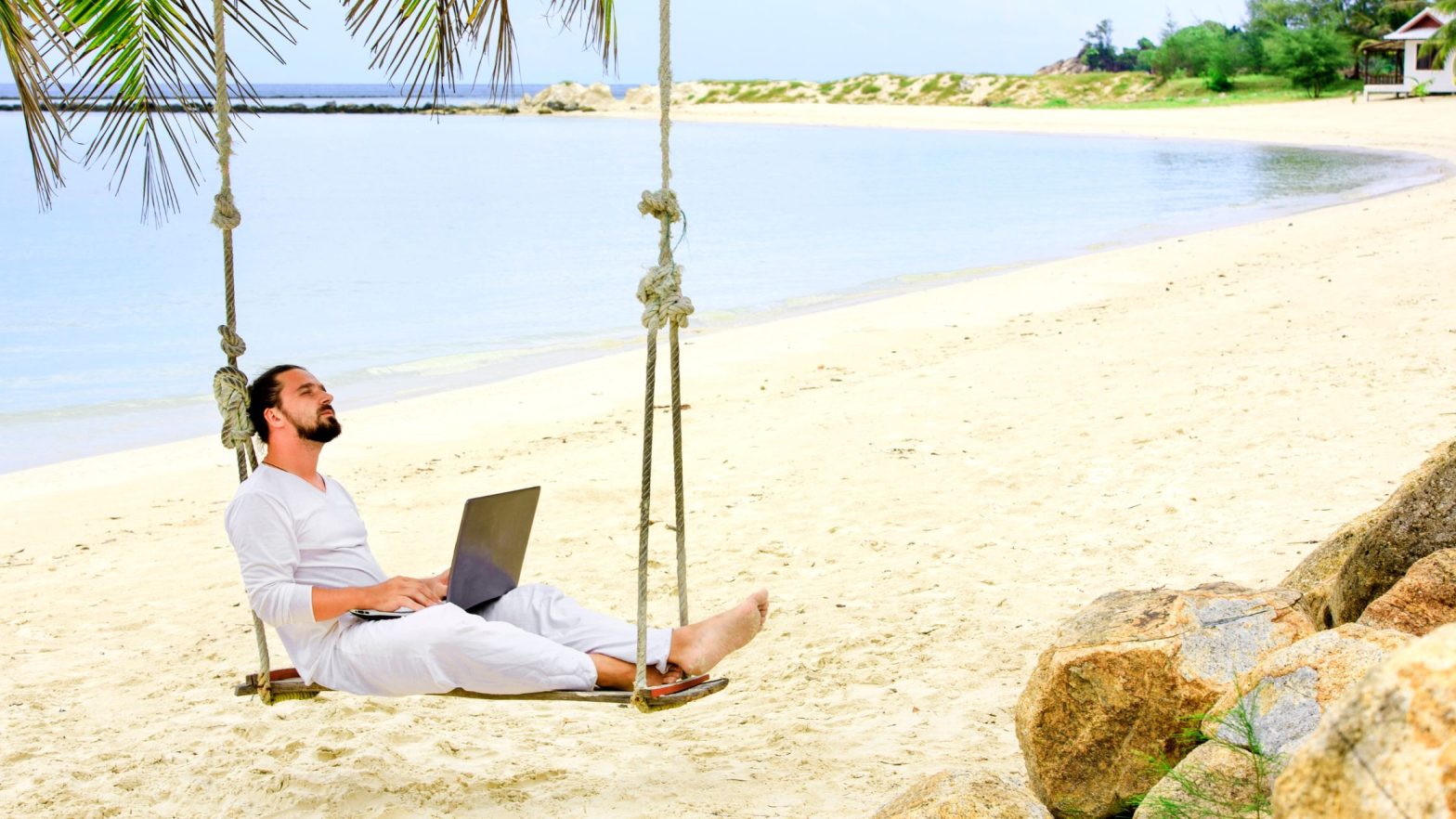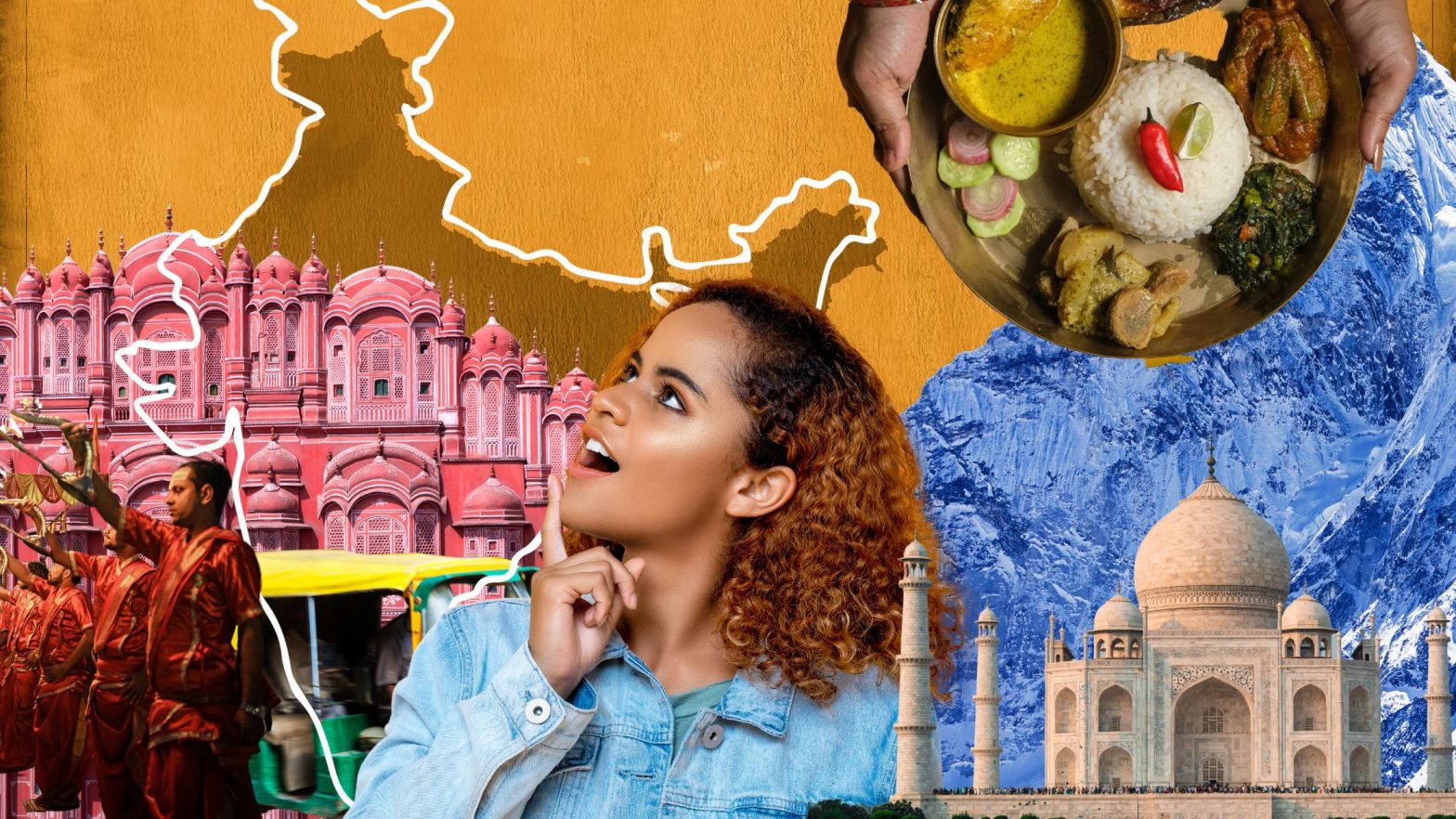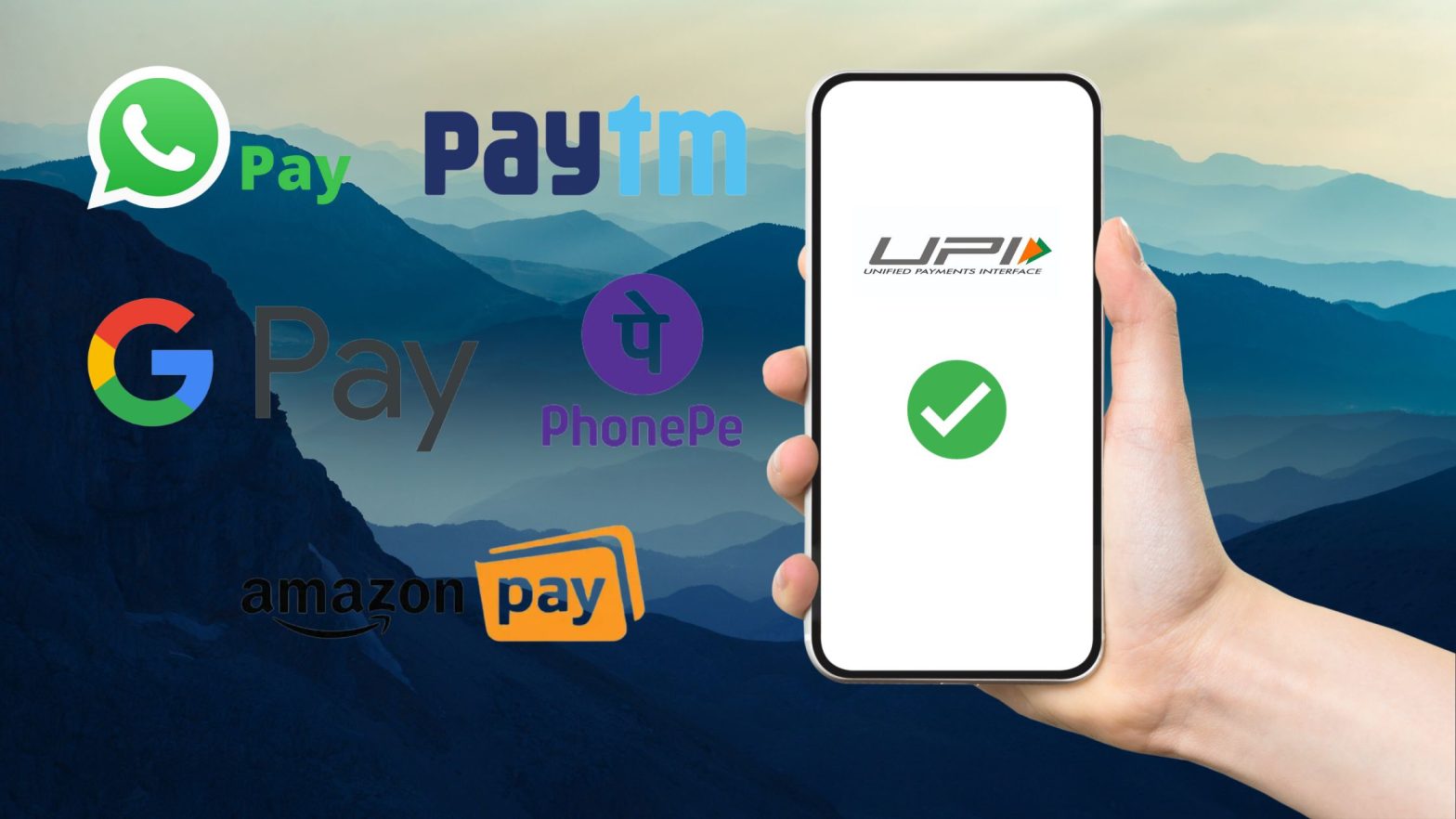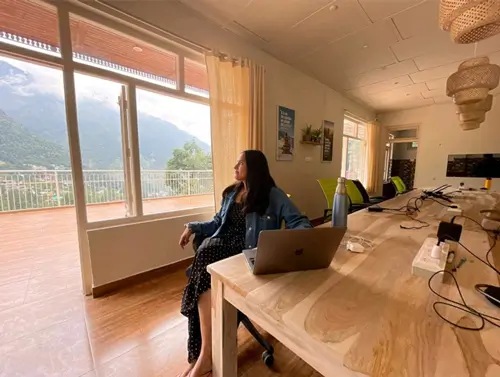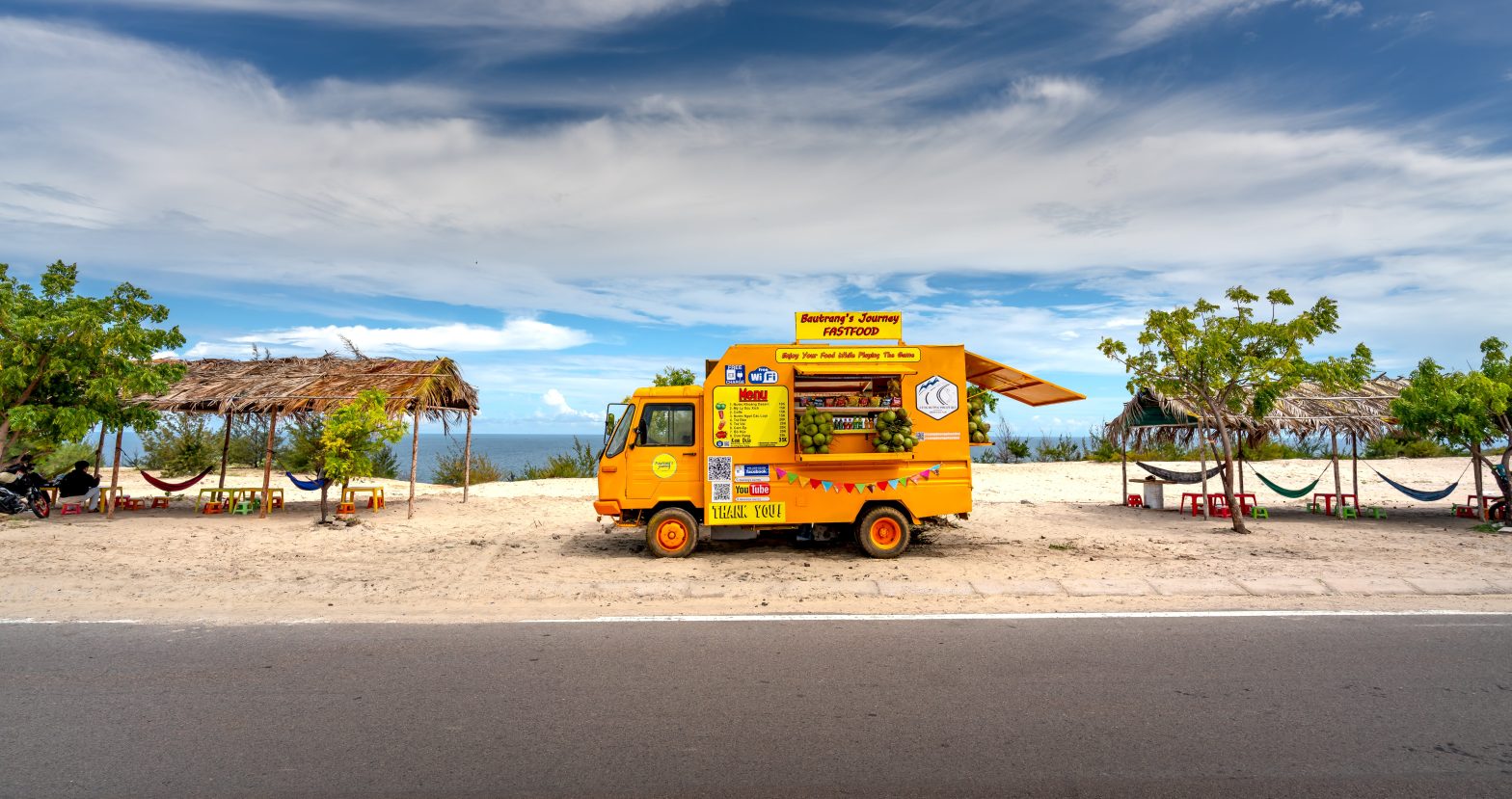Table of Contents
Tips for digital nomads in India
As a digital nomad working remotely from around the world, it can get daunting to pick your next destination country. There are so many prerequisites for working remotely such as good wifi, coworking spaces, a coliving space and accessibility to technology, that need to be met before you embark on an adventure. If you are someone looking to dive into the world of remote work and wondering about your first workation destination, India can be a good choice.
A well-loved destination for international digital nomads, its cultural diversity, vibrant lifestyle, urban corners and natural biodiversity are easy to fall in love with. You could choose to trek through snowy mountains, work in lush forests, unwind on a beach or go microbrewery hunting in a city – the possibilities in India are endless! Moreover, travellers in India have often praised the kindness of its people. If you are ever lost, short on cash or unsure of what to do next, you could always knock on a few doors and you’ll find help. There are so many advantages of being a digital nomad in India that you may not be aware of. If you are planning to work remotely from India, this is the only guide for digital nomads in India that you will ever need.
First things first, here’s why you should work remotely from India as a digital nomad.
Experience a Unique Cultural Diversity
India spans over 3,287,263 sq km and is divided into 29 culturally distinct states that speak about 500 languages between them. There is no doubt that India is a culturally rich and diverse country that promises to offer digital nomads a multifaceted experience. While every city, village and town in India is unique and promises to offer a special workation experience in India, there are some frequented by digital nomads. Amongst these, the states of Himachal Pradesh, Goa, Rajasthan and Kerala top the list, followed by Puducherry, a quaint Union Territory in the south of India. The best thing about this is that you won’t be bored. You could be working from a small village at the foot of the magnificent Himalayas, enjoying seafood in Goa, indulging in the folk culture of Rajasthan or exploring the backwaters of Kerala. Starting from the Himalayas in the north to the Andamans in the south, India’s diversity promises to keep you engaged and in awe throughout your stay. While travelling through India might not be everyone’s cup of tea, the government is constantly pushing to add flights to more remote areas of India.
Best of the Urban and Rural Landscapes
India is a beautiful amalgamation of tech-savvy urban jungles and verdant rural landscapes. While the cities offer a peek into the fast-paced, busy lifestyles of many Indians, the villages help you unwind and slow down. Ideally, digital nomads prefer settling away from chaotic cities in coliving spaces in India. Here, you get access to an abundance of nature wherein depending on the terrain, you can go hiking, trekking, swimming, boating, walking or just camp under the stars at night. Moreover, most rural locations have functional coworking spaces in India that offer great wifi, power backup and ergonomic workspaces. At NomadGao, the idea is to take you away from the crowded cities and allow you some respite from commuting and breathing in unclean air. Despite being located in villages with poor connectivity, NomadGao’s coworking spaces in India are loaded with great wifi for uninterrupted work.
Tech-Savvy Locations for Digital Nomads in India
While India is still a developing nation, it is all aboard the tech train. Almost all of India has incorporated digital payment methods, facilitated online booking for public transport and stays, and has become internet-friendly for the most part. You can easily book a bus, a train and a flight at the touch of your finger. As a digital nomad working remotely in coworking spaces in India, you won’t need to worry about finding groceries or hunting down essentials. A large part of even the rural population can navigate through essential software, applications and technical concepts which in turn can make your life easier.
Larger English-Speaking Population that Facilitates Communication
A large problem when travelling as a digital nomad can be the obvious language barrier in most countries. Indians speak about 500 different languages and the country has 18 official languages in its Constitution. Despite that, English is widely understood by most. In certain parts of India such as Puducherry and Goa, some locals speak French and Portuguese as well. Since this is a commonly accepted medium of parlance worldwide, it makes communication for so many people easier. Even if they aren’t proficient in the language, a large Indian population can understand a few isolated words that can facilitate communication.
Multiple Entry Visas for Digital Nomads in India
India is a large country that offers something for everyone. Regardless of what you like to do when you are in a new place, you will find it in India. That said, a month or two isn’t enough to truly take in the essence of being a nomad in India. You will want to stay longer, find a new adventure, take a trip to the northeast or just breathe in the mountain air for a few more days. So, while a visa for digital nomads in India still doesn’t exist, its tourist visa allows for flexibility in travel for remote workers. You can apply for a 1-month, 1-year or 5-year tourist e-visa all of which have provisions for multiple re-entries. While the 1-month visa allows two entries, the latter two have no limits. Keep in mind that continuous stay during each visit cannot exceed 180 days for residents of the USA and Japan and 90 days for digital nomads of other nationalities.
Next up, tips to get a visa as a digital nomad in India!
The world of visa applications is confusing and daunting for anyone who enters it. The Indian government has made this easier by offering the option to get an e-visa. What this means is that you won’t have to travel to an embassy or a consulate to get the process started. You can apply online for different kinds of e-visa depending on your needs. Ideally, a travel visa works best for digital nomads in India. You get multiple entries and long-duration stays. The visa takes about a week (or less) to process and you can present it at immigration after you land.
Some things to keep in mind while applying for an Indian e-tourist visa are:
- A round-trip flight ticket
- Booking flights to the 28 designated International Airports in India, or 5 designated seaports in India.
Before you proceed, get travel insurance for digital nomads!
As a digital nomad, the travel insurance that you need differs from a regular one. Several organisations now provide reliable digital nomad insurance that covers you long-term and across multiple destinations. Moreover, they offer protection against terrorism and cover damage to your work-related gear as well. Here are some brands that digital nomads at NomadGao recommend:
While regular travel visas work just as well for digital nomads in India, it is advised to consider different options before choosing one. You can assess your needs and pick the one best suited to your travels. Lastly, if you want to get a SIM card in India, you can check out this guide.
You might want to know what the best time to visit India is.
No one wants to land in weather that feels like you’ve landed straight into hell. The best part about India is that different parts of the country are pleasant during different times of the year. Obviously, the snowy mountains or the raging desert show extreme temperature forecasts throughout the year. However, depending on your weather preference, you can pick a particular city in India to visit at any time of the year. For instance, while Delhi and Rajasthan can get really hot during summer, Himachal isn’t. On the contrary, it’s at that perfect temperature of about 25 degrees Celsius (in some villages such as Dharamkot) where everything is just pleasant. If you are someone who romanticises monsoons, you can head to the Northeastern states of India or experience it in Goa as well. The skies are grey, but the lands are draped in a lush green carpet that will make you swoon. However, here is a list of locations to visit during specific seasons:
Monsoons (June – September)
Monsoons in India last between June to September depending on what part of the country you are in. The rains come earlier to the southern states of India (Tamil Nadu, Kerala, Orissa, Goa, Karnataka, Maharashtra) and might be extremely delayed in certain northern states (Gujarat, Madhya Pradesh, Punjab, Haryana, Rajasthan). Regardless, when it does rain, the weather is cool and temperatures don’t exceed 30 degrees Celsius. The best locations to visit during the monsoons are:
- Himachal Pradesh (Dharamshala, Bir, Dharamkot)
- Meghalaya (Shillong)
- Kerala (Munnar, Varkala)
- Goa (all of it!)
- Puducherry
- Karnataka (Coorg, Bengaluru)
- Rajasthan (Udaipur, Mt Abu, Jaipur)
- Sikkim (Gangtok)
Winters + Early Summer (November – March)
How cold it gets in India during winter depends on what part of the country you are in. The temperatures can range anywhere from 0 degree Celsius to 30 degrees Celsius. If you are looking for snow, Kashmir, Himachal and Uttarakhand are perfect. On the other hand, if you don’t mind a little brrr-weather, this is where you should go:
- Delhi (8-9 °C)
- Dharamkot (12 °C avg)
- Varanasi (9-11 °C)
- Goa (20-25 °C)
- Kochi (23 °C)
- Darjeeling (5-7 °C)
Summers (late March – June)
Summers in India are super hot throughout the country. Apart from the states along the Himalayas (Jammu, Himachal, Uttarakhand, Sikkim, Meghalaya) temperatures in the rest of the country go beyond 30 °C and touch 50 °C in some places too. You can visit the coastal areas where the sea makes everything feel alright or the mountains where everything is already alright.
Some tips to help you navigate better
- While India is tech-savvy, not all parts of the country facilitate an uninterrupted coworking experience for digital nomads in India. Head to coworking spaces in India that are equipped with reliable internet and power backup, especially if you are living in rural India.
- Decide what you want to do in India and pick your city/state accordingly. Most digital nomads end up in a destination that doesn’t align with their travel preferences. For instance, if you like to indulge in a city’s nightlife, Goa is your best bet. On the other hand, if you are a mountain-lover, you will enjoy Himachal Pradesh more.
- Find community-friendly places. Most digital nomads who have been travelling for a long time know that community is everything. While renting apartments for the long-term can be cheaper, it can be isolating especially if you are new to travelling solo on a workation. So find coliving spaces that offer access to a community with a similar mindset as yours to make the best of working from anywhere.

